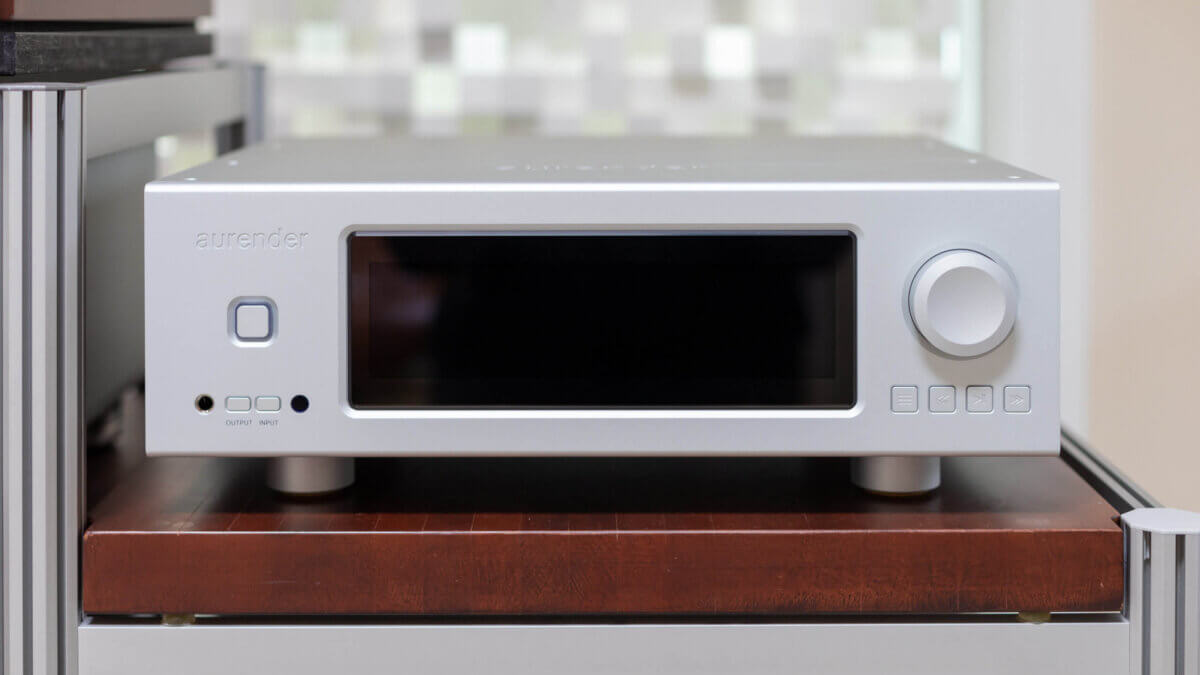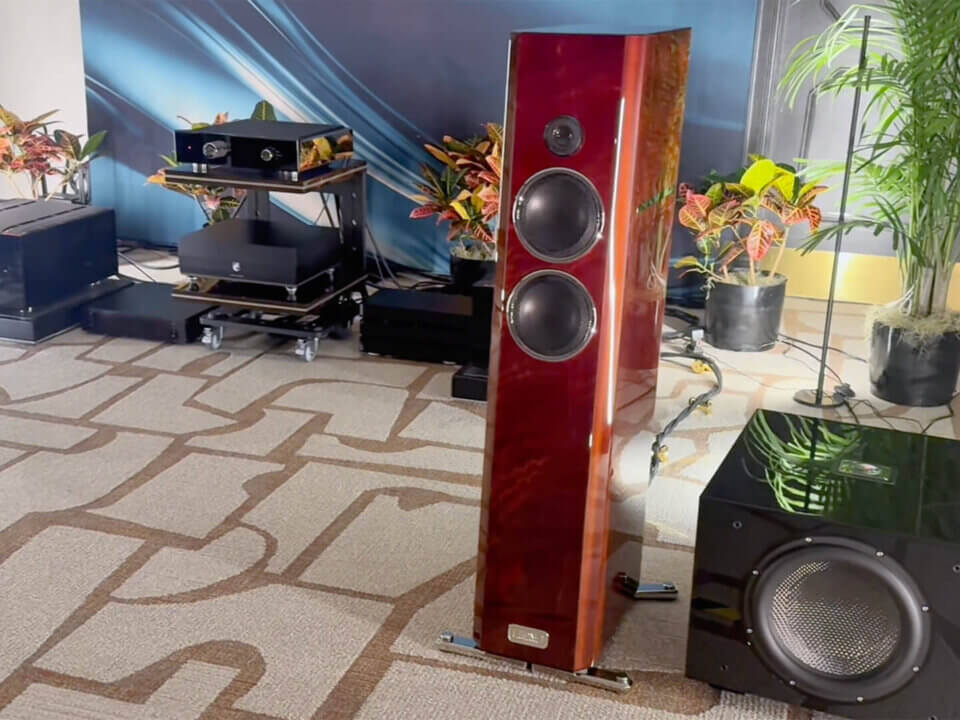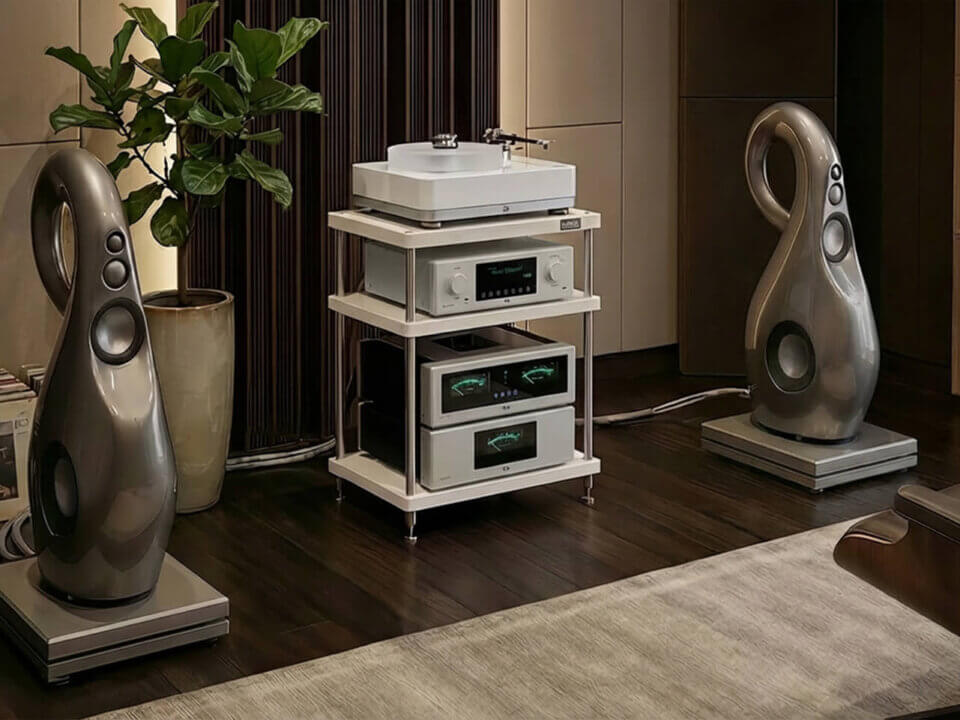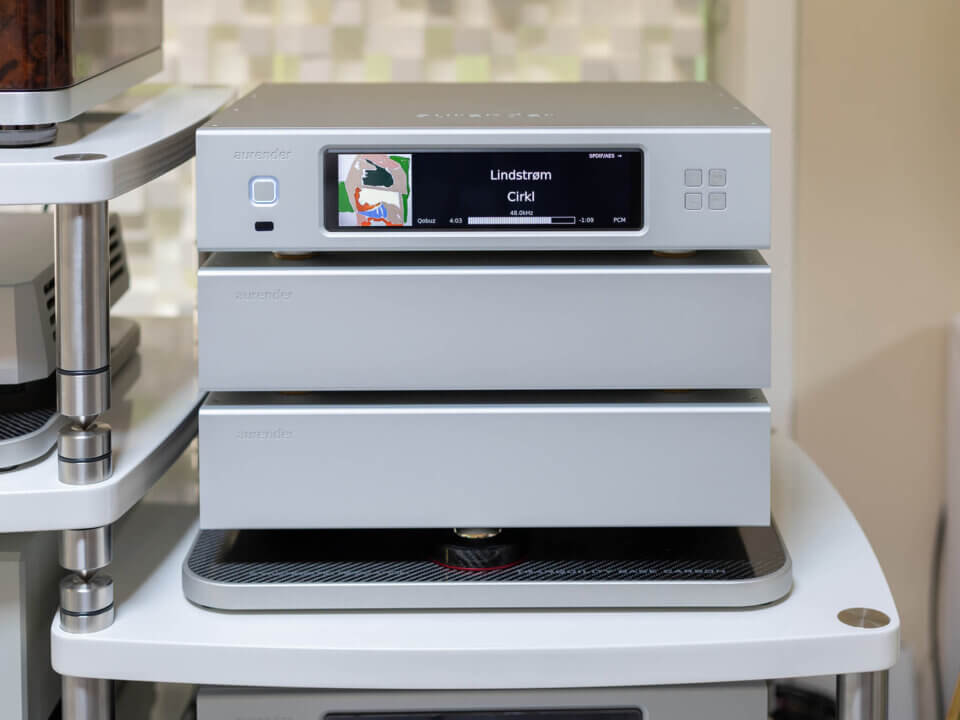
Reflections from AXPONA 2023
April 22, 2023
The Quest for Portable Bliss
May 31, 2024As the first dealer to have a unit in the United States, I am sharing my evaluation of the new Aurender AP20 all-in-one integrated. In full disclosure, I am an authorized Aurender dealer, but I am posting my impressions on my own accord, I was not compensated for this effort, and I try my best to be as factual and honest about my experiences. While Aurender introduced the prototype of the AP20 in AXPONA 2023, I know they plan to exhibit the unit at most major audio expos this year.
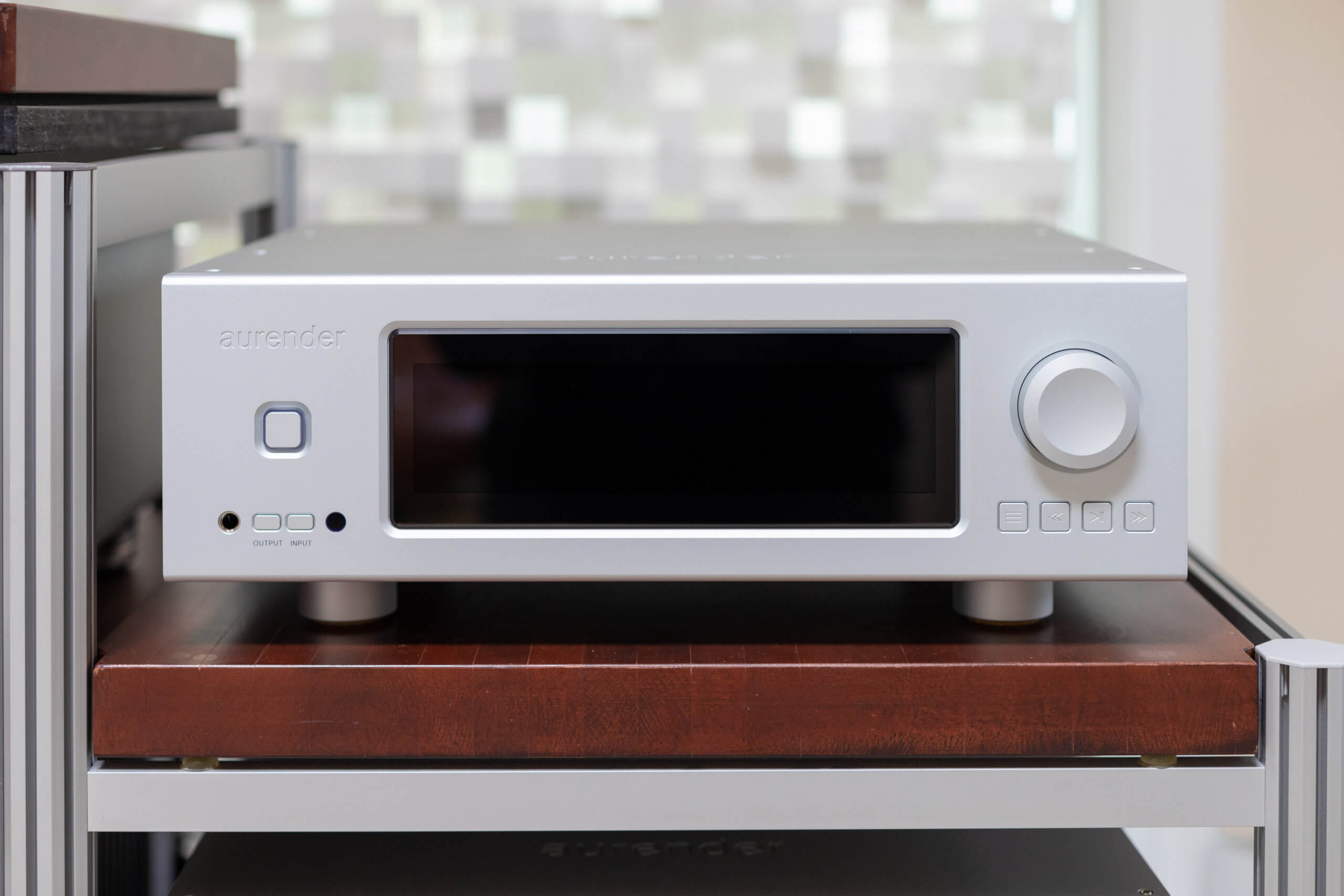
An Overview of Aurender and the AP20
Aurender started 2011 and has been known to deliver best-in-class digital audio products in the form of streamers and servers. I believe (and have not confirmed, so I could be wrong here) that Aurender started to offer its A10 analog output network player, which combined their streamers/servers with a high-quality DAC with volume control around 2016 or so. Fast forward eight years, building on the engineering excellence of their latest generation of streamers and servers, Aurender released their first all-in-one digital playback and integrated amplifier offering, the Aurender AP20.
At a MSRP of $22,000, the AP20 boasts a handful of intriguing features. It implements Aurender’s signature uninterruptible LPS similar to what is found in the A20. Well-isolated architectures and mastery of timing enable it to continue its reputation for low noise floors and utmost clarity. The newly-introduced analog R2R volume control is a beautiful thing and easily outperforms the digital volume controls seen in their other models, delivering a lower noise floor and more natural sonics. But the newest feature yet is the built-in amplification, sporting dual mono Purifi Eigentakt amplifier modules that deliver 200Wpc (Watts-per-channel) at 8 Ohm and 350Wpc at 4 Ohm, enabling it to properly control just about any speaker in the market.
At its price tag, however, the question must be asked: Does it stand up to the test against reference separates?
In this review, I’ll cover performance observations in different capacities:
- The AP20 utilized in its full capacity as an all in one with comparisons against my full reference stack
- The AP20 as a digital front end using the analog outputs into a series of other amplifiers.
But first, let’s get to know the unit a bit more, from the moment it gets to your door to the moment you get music playing.
Unboxing
Following suit of any other Aurender product, the AP20 arrived in its branded, and durable, corrugated plastic outer box. A heavy duty cardboard inner box resides inside, with custom foam to properly protect the unit from mishandling in transit. While the AP20 itself weighs in at 57.3lbs, the shipping weight clocks in around 77lbs, so take care in trying to lift it if you are by yourself! Inside the box, you’ll find the unit along with a cloth cover and its accessories box, containing a solid aluminum remote similar to ones sent with the analog output series products (A15, A20, A30), a power cable, and a quick start guide. I’m told that consumer units may soon include a WiFi dongle and ethernet cable if they do not already.
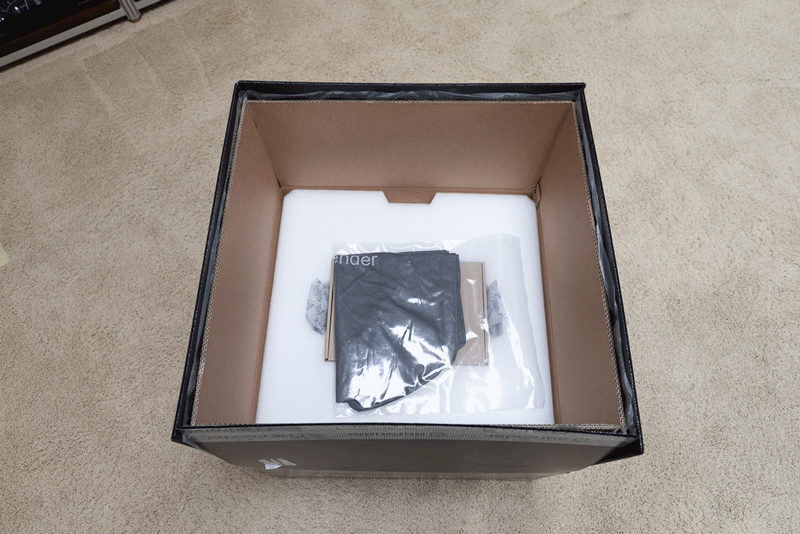
A Tour of the Physical Unit
As mentioned before, the AP20 is 57.3lbs. It is built like a tank, a shared level of impressiveness across all of Aurender’s product builds. The physical user interface is familiar to other full-sized units such as the N20, N30SA, W20SE, A20, and A30, with a power button and four playback buttons. The AP20 also sports the largest and most gorgeous LED display found to date across their units, but if you’re anything like me, you’ll likely have this display disabled in Critical Listening Mode to get the absolute highest fidelity sonics the unit can deliver. The analog volume control looks and feels similar to the digital volume control found on the A20 and A30, but its sonic qualities are on another level, which I will discuss in deeper detail further into the review.

Connectivity is plentiful and comes in top-notch quality. On the rear of the unit, users will at a bare minimum connect a power cable to the rhodium Furutech inlet, an ethernet cable to the galvanically isolated input, and speaker cables to the WBT speaker output binding posts. The binding posts are of very high quality and a delight to use. I tried with both Banana plugs and spades, and both were easy to affix with a vice grip tight fit. The back of the unit also has inputs for user-installable solid state hard drives (SSDs). I was able to insert one taken from one of my other Aurender floor models, and the drive was immediately recognized and configured for the AP20 without any fear of having to first format the drive and lose the contents. The AP20 includes a pair of XLR outputs for connecting to external amplifiers or subwoofers, and in my case I had to use Cardas XLR-to-RCA adapters to utilize my existing sub cables. This is a small gripe as I was told the lack of RCA outputs were an intended omission given the form factor and priorities of the unit.
For inputs, two pairs of RCA inputs and a pair of XLR inputs are available for various analog sources to connect to the AP20 via pure analog passthrough, meaning there is no analog to digital conversion and analog signals remain analog all the way through. Digital audio inputs are also available via SPDIF (Coax and Toslink Optical) for connecting a CD transport to utilize the AP20’s internal DAC. A few popular digital audio inputs, including USB, AES, and HDMI, are also intended omissions, I learned, as the AP20 is in itself the primary source for high resolution digital audio, and their omission maintains the sound quality via reduced interference and circuitry. I am intrigued that the AP20 also has a word clock input using BNC, and I look forward to getting one of the Aurender MC10 clocks to try with both the AP20 and my N30SA streamer.
All in all, despite any omissions I mention, I found system connectivity to be simple and of excellent quality, so there are no complaints from me regarding typical usage. The diagram below shows how a typical system diagram using the AP20 might be realized.
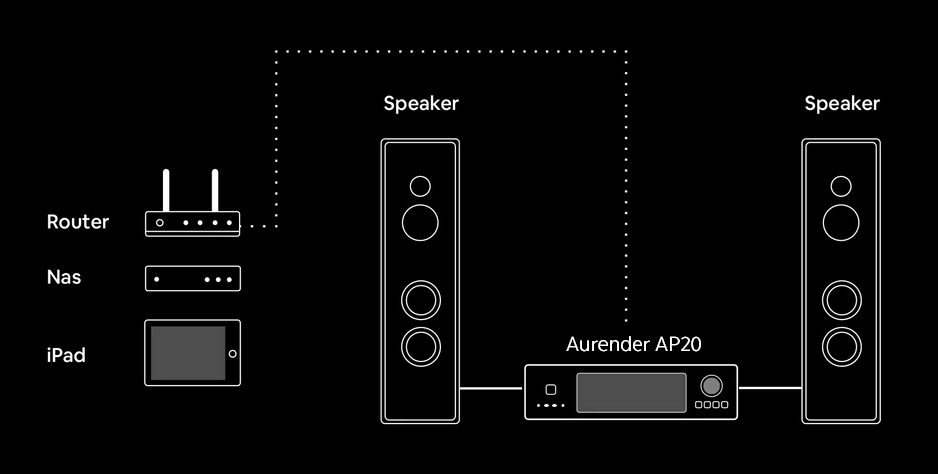
Setting it up
In my system, even before getting to the AP20, the front end has a few more steps. Power is run from a dedicated line into a Synergistic Research Powercell SX. I have a dedicated network for audio established by the Synergistic Research Router UEF, which uses a Synergistic Research Atmosphere SX Reference Ethernet cable to connect to the Synergistic Research Ethernet Switch UEF, outputting to the AP20 using yet another Synergistic Research Atmosphere SX Reference Ethernet cable. I’ve found that with this chain in place, harmonics, tonal density, and holographic staging improve, all while further lowering the noise floor. Cabling is completed with a full loom of Synergistic Research SRX XL power and SRX speaker cables, and the AP20 along with the cables were all grounded to a Synergistic Research Galileo SX Ground Block Mk2.
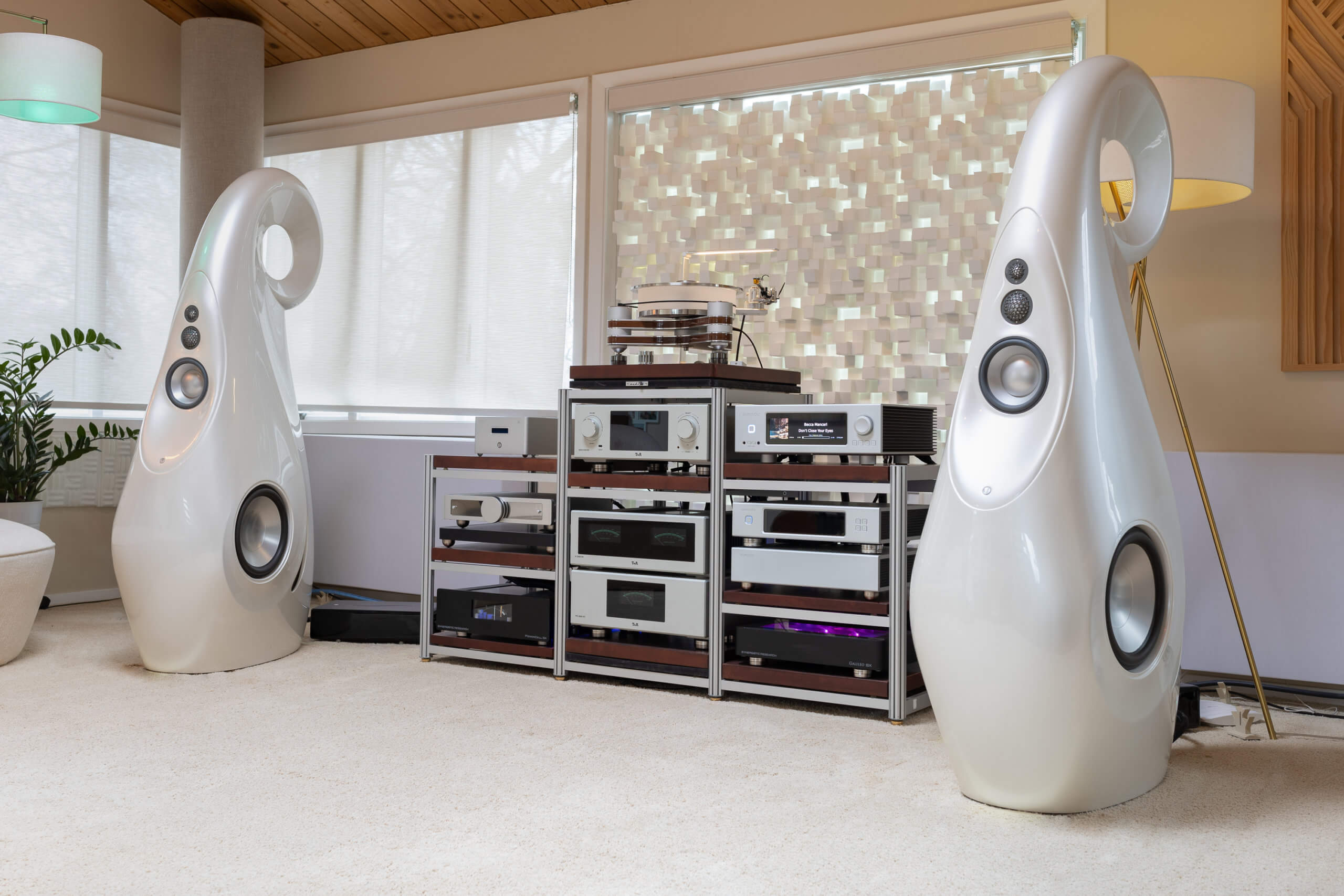
Out of the AP20, I conducted evaluations using both Vivid Audio Kaya 90 and Vivid Audio Giya G1 Spirit loudspeakers, and I at times employed the XLR outputs to a pair of Perlisten D12s subwoofers.
Within the Aurender Conductor app settings, I used the default DAC filters, though I did set the Current Mode to “Max”, which resulting in a heftier, richer, and more confident sound. I also enabled Critical Listening Mode to disable the display and ensure no noise was being generated from it and from other internal processes.
I ran the unit in for a good week before arriving at any formative impressions, and I did not start to assemble vocabulary for my experiences until about 2-3 weeks of solid run in.
Sonic Impressions
I’m not one to get particularly descriptive of sonic attributes I hear in a particular song, but I’ll dabble with it in this review. For the TL;DR crowd, what I will say about the AP20 is that it is an exceptional all-in-one integrated unit, arriving at the performance capabilities and synergy that many reference systems attempt to achieve.
To unpack this a bit, whether streaming files over Qobuz or playing local files over the internal SSD, the qualities that immediately jumped out at me were an incredibly low noise floor, amongst the blackest of any system I’ve ever heard, mixed with best-in-class timing, dynamics, and delivery. To my customers and in forum threads, I’ve previously mentioned my affinity for the Aurender product lineup’s performance given their engineering priorities to eliminate noise, whether through their robust, uninterruptible linear power supplies, in the attention to the isolation throughout the unit via dedicated sections of circuitry, galvanically isolated ports, or with the extra thick aluminum chassis that contributes a good amount of the weight to the unit. That said, I’ve always had to connect past Aurender units to other components, mainly DACs, preamps, and amplifiers. Even when using top-notch interconnects and separates, I don’t think I’ve ever experienced such impeccable timing in the delivery of sound, and at such a low noise floor that the AP20 provides – not only in the digital stage which Aurender is most known for, but even across its preamp’s analog stage and its amplifier stage. The result of this is the ability to render all information from a track and retrieve all of its detail with excellent demonstrations across macro- and micro-dynamics to the extent that the AP20 is capable of projecting an incredibly holographic soundstage whose width and depth are simply breathtaking and almost eery.
 Take “Fit Song” by Cornelius, a Japanese electronic music producer, which demonstrates one of the more creative examples of how explosive percussion and vocal samples combine to create a truly dynamic and engaging musical experience. The kick drums at the beginning of this track rendered by the AP20 delivers both the immediacy of attack heard in the ears and felt in the chest while portraying realism through the texture of the decay. Throughout the track, the mix down takes advantage of channel separation to create a psychedelic experience, and the AP20 does an excellent job with its incisive nature to easily delineate every “instrument” in the track to have its own place on the stage. This is an achievement by the AP20 not only in the digital stage that Aurender is well-known for – it is a testament to the analog output stage of the preamp and amplifier as well. The AP20’s dual mono Purifi Eigentakt amplification stage was able to fully control both the Vivid Kaya 90 and G1 Spirit and make them both perform at their best.
Take “Fit Song” by Cornelius, a Japanese electronic music producer, which demonstrates one of the more creative examples of how explosive percussion and vocal samples combine to create a truly dynamic and engaging musical experience. The kick drums at the beginning of this track rendered by the AP20 delivers both the immediacy of attack heard in the ears and felt in the chest while portraying realism through the texture of the decay. Throughout the track, the mix down takes advantage of channel separation to create a psychedelic experience, and the AP20 does an excellent job with its incisive nature to easily delineate every “instrument” in the track to have its own place on the stage. This is an achievement by the AP20 not only in the digital stage that Aurender is well-known for – it is a testament to the analog output stage of the preamp and amplifier as well. The AP20’s dual mono Purifi Eigentakt amplification stage was able to fully control both the Vivid Kaya 90 and G1 Spirit and make them both perform at their best.
I realize the way I describe the performance above may lead readers to think that this is an analytical sounding unit, but that is absolutely not the case at all. Though the AP20 can render the detail and glory in all of the room’s space and beyond, it does so in a very musical and engaging manner. Even when paired with Vivid speakers, which are known to be transparent, not bass abundant or add any unnecessary richness, music through the AP20 gets my foot tapping, and most times it delivers the “I am there” effect.
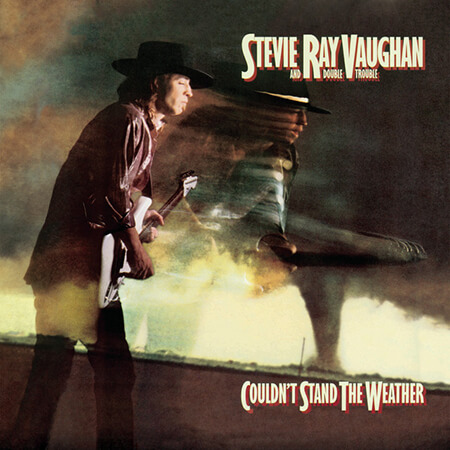 Stevie Ray Vaughan’s “Tin Pan Alley” may be one of the most overplayed audiophile tracks out there, but for many reasons it deserves to be. With the AP20, again I felt the immediacy of the kick drum at the beginning of the track, but what follows is very different as it is not an electronic production. SRV’s opening guitar solo wails in a distance well beyond the speakers and does so with both cleanliness and fluidity, illustrating SRV’s excellent finger work on the frets. The decay from the percussion just drifts off almost endlessly into space, and the electric bass is tuneful and plump, as it should be in that recording. At about two and a half minutes in as SRV’s vocals begin, they project well beyond the speakers, and the decay of his voice and the vibrato that follows has the appropriate amount of weight and tonality to be truly believable.
Stevie Ray Vaughan’s “Tin Pan Alley” may be one of the most overplayed audiophile tracks out there, but for many reasons it deserves to be. With the AP20, again I felt the immediacy of the kick drum at the beginning of the track, but what follows is very different as it is not an electronic production. SRV’s opening guitar solo wails in a distance well beyond the speakers and does so with both cleanliness and fluidity, illustrating SRV’s excellent finger work on the frets. The decay from the percussion just drifts off almost endlessly into space, and the electric bass is tuneful and plump, as it should be in that recording. At about two and a half minutes in as SRV’s vocals begin, they project well beyond the speakers, and the decay of his voice and the vibrato that follows has the appropriate amount of weight and tonality to be truly believable.
Comparisons
This is not to say that the Aurender AP20 is an abundantly harmonically rich unit, either, as I learned when comparing it to my reference electronics, which include the Aurender N30SA streamer/server, the T+A SDV 3100 HV Reference DAC Preamp, and the T+A A 3000 HV Power Amplifier connected to the optional PS 3000 HV Power Supply, all with Synergistic Research SRX digital and analog interconnects in between. Compared to the AP20, my reference stack delivered more plump and wholesome bass, and even more decay in the cymbals. The midrange demonstrates just a tad more realism due to the added harmonics and tonal density. Piano and horns especially sound more realistic. The subtleties added quite a bit, enough to matter. While it did many things better, though, I found there were still a few things the AP20 did better. First, there was a greater noise floor in my reference stack. When I mentioned that the AP20’s noise floor is so low that it’s almost eery, I wasn’t lying. It did generate that response out of me more often than my reference stack does. The image separation in the AP20 is cleaner as a result, despite exhibiting slightly less tonal density and harmonics all throughout. The upper treble in percussion is more discernible as a result, and transients are just outright impressive.
The AP20 as an Analog Device

An even greater testament to the AP20 lies in its rendering of analog audio. My analog front end consists of a Clearaudio Innovation Wood turntable fitted with a Tri-Planar U12 tonearm and My Sonic Lab Signature Gold moving coil cartridge. The phono signal is amplified to line level by a BMC MCCI Signature ULN phono preamplifier before going into the AP20. I can say that the AP20 is worthy of being connected to my analog front end. A large part of this, I believe lies in the AP20’s fully analog R2R volume control, combines with the remainder of the AP20’s analog chain. Though I didn’t write about it, I had a chance to evaluate the Aurender A30 last year, where I was also able to hook up my vinyl rig. The improvement the analog volume control in the AP20 brings is a large step forward in regards to natural sonics, and I hope that they introduce this volume control to their analog output series successors.
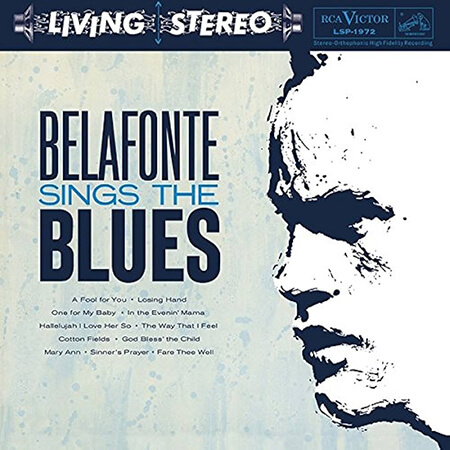 One of my favorite recent vinyl record purchases, and perhaps one of the most holographic ones I have in my collection is Analog Productions’ remaster of Belafonte Sings the Blues. Similar to SRV’s “Tin Pan Alley”, Belafonte’s opening track “A Fool For You” also projects well beyond the speakers. The AP20, combined with the vinyl rig, rendered Milt Bernhart’s muted trombone performance in the first thirty seconds with excellent texture and timing. Upright bass, played by Red Callender, was situated not just stage left, but easily further back from the rest of the band, and in excellent meter with Jimmy Rowles on the drums to the rear of stage right. Harry Belafonte then comes in far back in stage center with a voice that is magically glowing, almost like the coolest Chet Baker has ever been. Both the texture of Belafonte’s voice and the use of reverb in his vocals are realized at his best as he sings the opening lyrics “I know you told me such a long time ago that you don’t want me. You don’t love me no more. I wanna know… Oh what makes me such a fool for you”. This song with this setup simply made me melt, and it was an all analog signal chain. Bravo, Aurender.
One of my favorite recent vinyl record purchases, and perhaps one of the most holographic ones I have in my collection is Analog Productions’ remaster of Belafonte Sings the Blues. Similar to SRV’s “Tin Pan Alley”, Belafonte’s opening track “A Fool For You” also projects well beyond the speakers. The AP20, combined with the vinyl rig, rendered Milt Bernhart’s muted trombone performance in the first thirty seconds with excellent texture and timing. Upright bass, played by Red Callender, was situated not just stage left, but easily further back from the rest of the band, and in excellent meter with Jimmy Rowles on the drums to the rear of stage right. Harry Belafonte then comes in far back in stage center with a voice that is magically glowing, almost like the coolest Chet Baker has ever been. Both the texture of Belafonte’s voice and the use of reverb in his vocals are realized at his best as he sings the opening lyrics “I know you told me such a long time ago that you don’t want me. You don’t love me no more. I wanna know… Oh what makes me such a fool for you”. This song with this setup simply made me melt, and it was an all analog signal chain. Bravo, Aurender.
It’s All About Synergy
Aurender should be incredibly proud of the overall synergy they managed to achieve with this unit. Beyond my evaluation above, I also made the effort to connect the AP20 to a number of external amplifiers, including my reference T+A A 3000 HV and PS 3000 HV power supply, a Margules I-240 tube integrated, and Cambridge Audio EDGE M mono blocks. In every instance I was able to discern tonal shifts, as well as differences in speed and dynamics. Regardless, I found myself preferring the AP20 to output through its own internal amplifier, as it was evident that the rest of the unit was voiced to work with the amplifier they implemented. Through other amplifiers, some sense of synergy was lost, whether it be through timing, tonality, or control. This doesn’t mean that the amplifier in the AP20 is outright the best amplifier. My reference T+A A 3000 HV, for example, delivered more control and gusto in the bass and a more harmonically rich midrange, but using it made me lose out on the impeccable timing and resulted in just a tad fuzzier focus. Using the AP20 with the Margules I-240 brought additional harmonics with and especially euphonic and magical midrange, but the I-240 did not maintain the presence and control at the frequency extremes in the ways the AP20’s internal amplifier is capable of doing. The synergy achieved by the AP20’s digital and analog stages is admirable, to say the least.
Conclusion
The Aurender AP20 is an exceptional all-in-one, the one I believe many have been waiting for for many years, especially for those wanting to slim down and simplify from separates. With its attractive features, simple integration, and impressive sonic performance, people can now have reference-level audio in a package many serious audiophiles would be quick to dismiss as a lifestyle product. The AP20 could very well be the gateway for many new music lovers to become demanding audiophiles, and it will impress many just as it continues to impress me.
With a street price of $22,000, it will likely still not be accessible to many, but I wouldn’t be surprised if Aurender releases a more entry-level version of the unit (AP15 anyone?) or even a more superior unit (AP30?). Otherwise, why would they have named it the 20? It’ll be good for them to have options, but in my opinion, if they made the AP20 the only option available, I’d still consider it to be a winning solution. The value in this unit – a near-reference quality streamer/server, high quality DAC, exceptional preamp, and very capable amplifier – all in a sleek and sexy package – performs with incredible synergy and seeks to outperform many separates-based systems costing 2-3x more. I have no doubt that the AP20 will succeed. It may not be a solution to replace all reference-level separate systems, but for many, the performance of the AP20 is all they will ever need.
If you’ve made it this far, thank you for reading. I’d be curious to hear your thoughts and am happy to answer any questions you might have in response.

